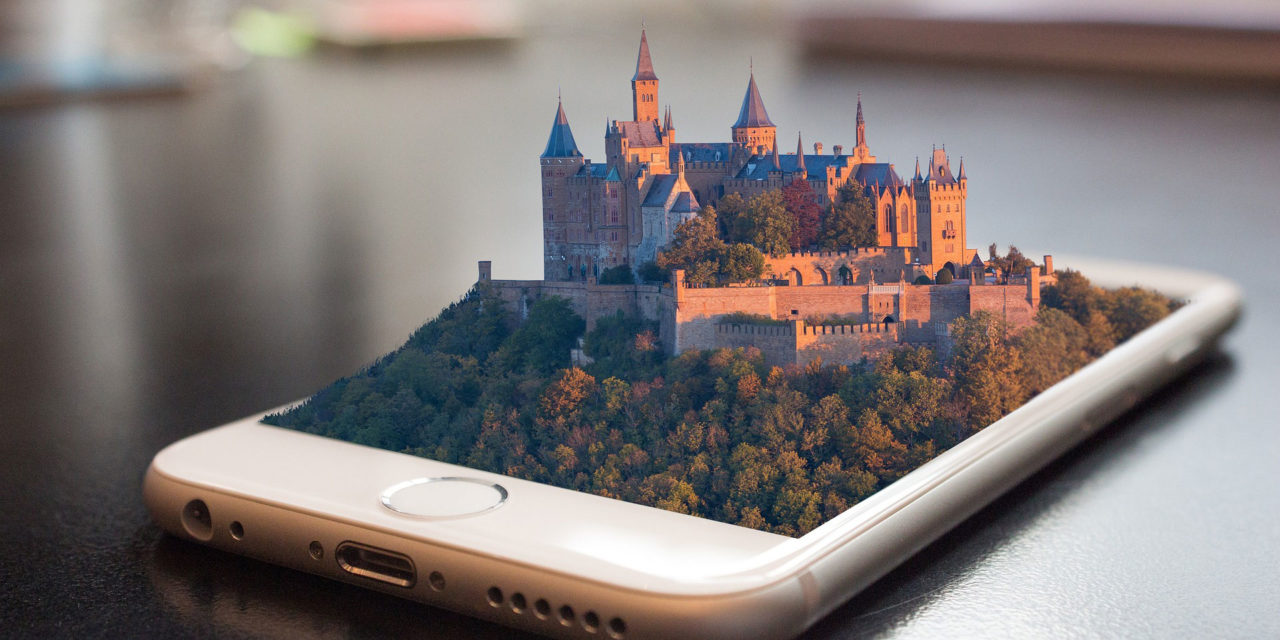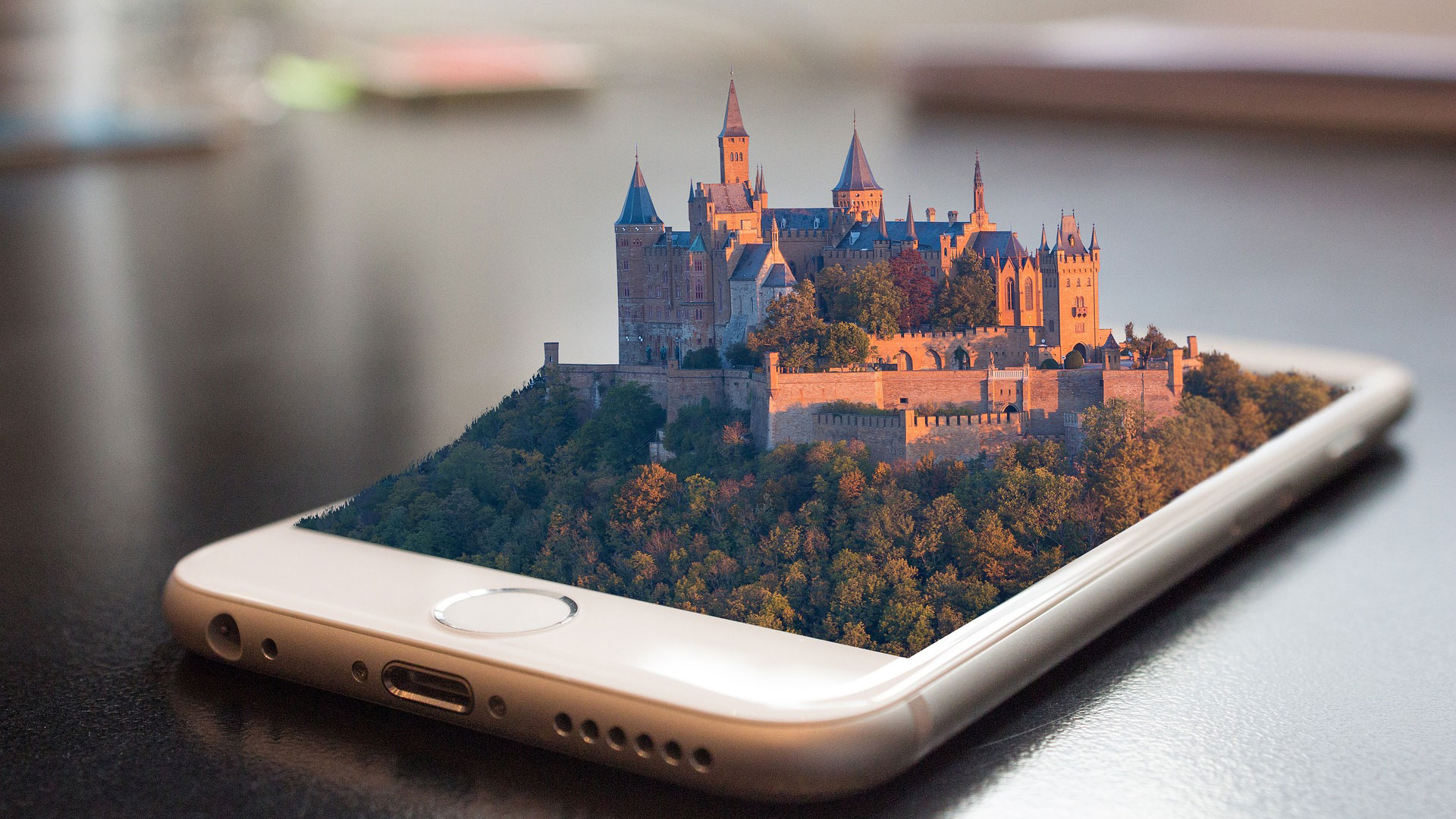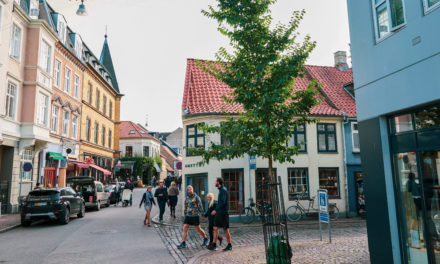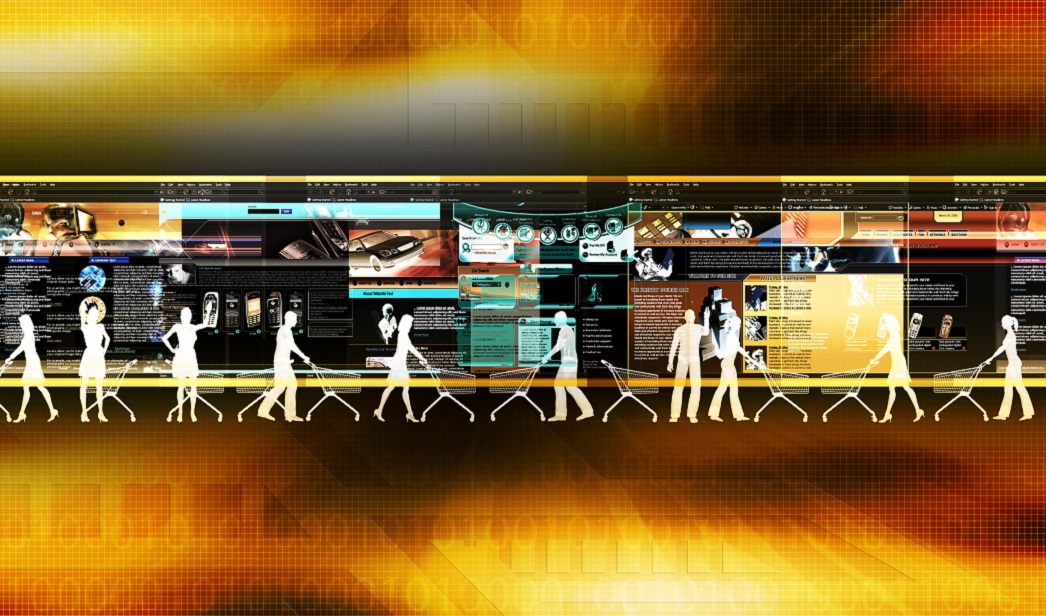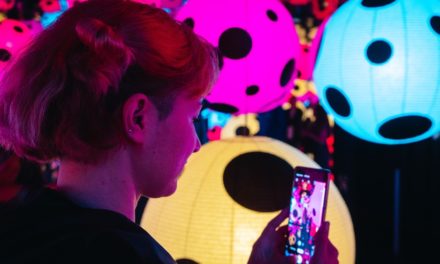The Power of Mobile Storytelling
As we are approaching the spring and summer season for tourism and leisure, we gathered a few insights into mobile-based experience design focusing on storytelling. These guidelines are drawn from some of our current observations into the industry and destination development trends.
Why Mobile Storytelling?
As of February 2022, 57.38% of all internet traffic happened on mobile phones. (gs.statcounter.com) These statistical trends drive companies to find means to fit the best way possible on the smaller screens. Therefore, it is not big news that various businesses prioritise mobile-friendly content.
With accelerated digitalisation, we encounter more mobile solutions for various customer experience touchpoints – from bookings to ticketing, guided tours etc. Customers are more familiar with this approach and increasingly expect to have digital, mobile alternatives. They understand the digital language better; they see it as a communication medium and an entertainment source.
Mobile storytelling – a method to deliver a story experience to an audience at the tip of their fingers.
Functionality and entertainment
Destinations, theme parks, touristic attractions often choose this approach as an added layer of the on-location activities. Among other things, they offer mobile guided tours, treasure hunts, navigation. With a non-linear structure, the visitors can also explore these journeys on their terms, which brings them into an explorer mode. Non-linear journeys also meet the guests’ need for coordinating their plans independently.
The flexibility of the mobile device allows us to span a guest’s journey on multiple locations and at the same time still be able to track their movement and actions.
Mobile storytelling has been on the themed entertainment landscape for a while. With the rise of social media platforms, it has become part of the marketing language. With more accessible advanced technologies like artificial intelligence, 5G, augmented reality, mobile-based experiences are rising to new interactivity, engagement, and business interest levels. Recently, we have been involved with an increasing number of projects focusing on on-location mobile experiences, which shows an evolving trend. A common purpose of these projects is to deliver engaging journeys while increasing visitor flow and retention.
Using the advantages of the space is what sets apart one product from another.
Micro Experiences
A concept that helps us create an authentic mobile storytelling product is designing Micro Experiences, which deeply connect the overall narrative to the chosen locations. Klaus Sommer Paulsen describes the concept more in-depth in his book Integrated Storytelling by Design. When we work with projects like that, we think story-first and technology-second. In the end, it’s all about creating memories. For example, we first research the place, find and define the grand narrative, break it apart into unique smaller stories for each section of our journey. Afterwards, we match the narrative with the best fitting mobile feature available to complete our experience.
The core of a unique experience is the remarkable story, which becomes part of the audience narrative, resulting in memorable moments.
The authenticity of a place can’t be replicated, even though the framework of the mobile solution can be.
Breaking the Silos of Disciplinary Domains
Breaking the Silos of Disciplinary DomainsThe world is becoming increasingly complex and needs open minds and collaboration. Challenges are rarely confined to neat disciplinary boxes, and solutions demand a convergence of professional perspectives. Yet, many...
The Significance of Imitation Collapse
The Significance of Imitation Collapse As AI and other seemingly intelligent technologies polarise the creative industries and their experienced and aspiring professionals on possibilities and use, they also shine a light on a deeper discourse now being amplified and...
Our Lives in the Uncanny Virtuality
Our Lives in the Uncanny Virtuality You may have heard of The Uncanny Valley, and you may have faced it more than once. The phenomenon was first coined and described by the Japanese roboticist Masahiro Mori in an article published in 1970. Mori identified the...
The Past Reimagined
The Past Reimagined Making cultural heritage relevant and popular to new generations When we explore our past, it is not because we want to go back to what our ancestors were but because we search for our connection to the stories, the songs, the lives and the rituals...
Go Beyond the Hype and Embrace the Future You
Unless you have resided under the proverbial rock since summer, it is very evident that we are now in the season of courses and conferences. And let’s be honest, there are some brilliant opportunities to gain both inspiration and knowledge that is applicable to the...
Designing the infinite team network
This week, we were yet again in a creative development meeting with one of our partners in the UK. Next week, we’ll do a follow-up session. For each of these, none of us will leave our respective hometowns of Aarhus or London. Our travel time is down to the time it...
Article first published on March 24th, 2022
in The Experience Economist (AdventureLAB’s newsletter)
Author: Ecaterina Capatina
Concept developer and Brand Manager at AdventureLAB
Do you want to receive similar articles from us every month? Subscribe to our newsletter “The Experience Economist”.

